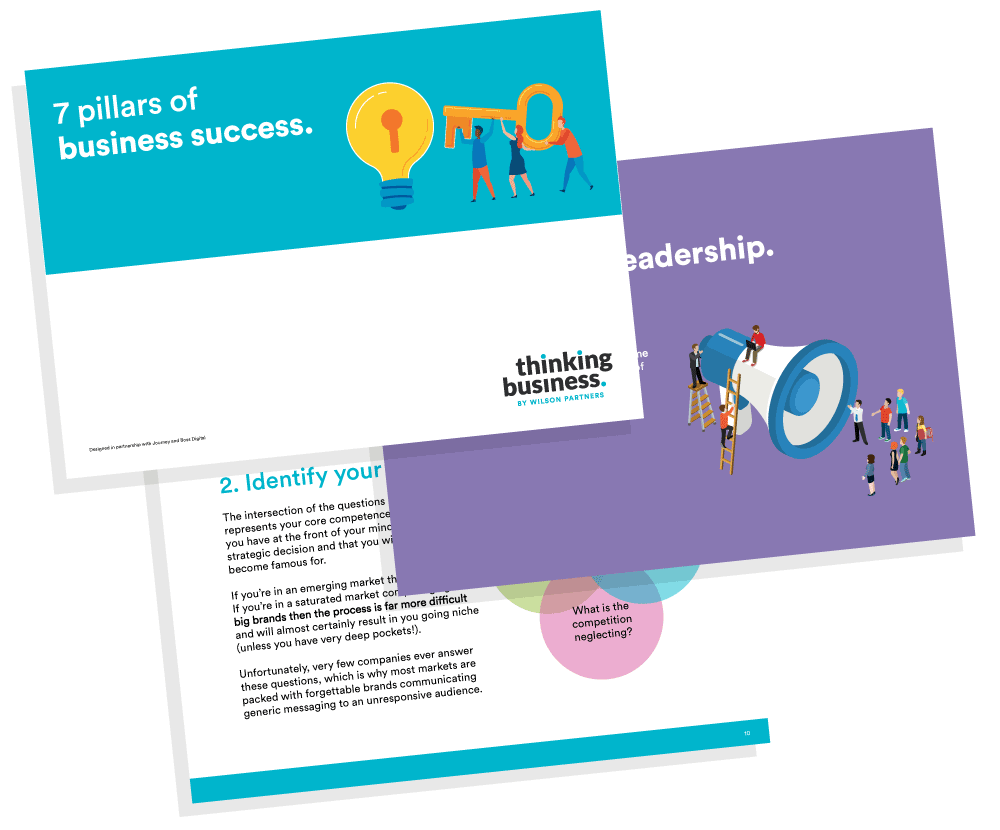
Digital analytics for business owners
Digital analytics for business owners – focusing on the KPI’s that count
Digital marketers love to throw around stats. They produce monthly reports with pages of data that business owners don’t understand and therefore rarely have any impact on decision making. Sure, marketing managers might find the endless detail fascinating, but most senior decision makers are only concerned with one thing – how does this move my business forwards.
If a piece of information isn’t going to influence decision making, then don’t report on it. It will only distract from the KPI’s that count.
The key is to identify the two or three KPI’s that truly will drive the business forwards. I would typically recommend choosing one headline KPI for each stage of the funnel:
Brand awareness – which might include:
• Your total reach across social media
• Total impressions of display ads
• Total impressions of brand within search engines
• Total website visitors
• Total email list
• Generic search engine visitors to the website
Brand engagement – which might include:
• Engaged individuals on social media
• Returning website visitors
• Direct or branded search visitors<
• Email open and click through rates
• Website engagement levels (time on site, page views, bounce rate)
Conversion – which might include:
• Ecommerce conversion rate
• Phone or email enquiry conversion rate
• App download conversion rate
If you’re a relatively new brand, then you should probably also identify which stage of the funnel is your current priority. For example, if you have no brand awareness then there’s little point in obsessing over engagement, and likewise if you have little engagement with your brand then there’s little point obsessing over conversion rate.
By taking this approach, you can narrow your KPI’s down from hundreds to just two or three, ideally with one “northstar” (the KPI that drives all others).
By all means marketing managers can obsess over this detail and impress everyone with their deep insight in large quarterly meetings that dig into endless detail around the minutae of every landing page, technical consideration and moment of the user journey, but do not allow this noise to cloud the only thing that matters to the decision maker – the impact all this activity is actually having on the business.
This lean approach enables you to report far more frequently, ideally on a daily or weekly basis, and make constant iterative improvements based on that flow of very focused data. These updates can even be contained to brief daily or weekly text messages, guaranteeing that decision makers truly have their finger on the pulse.
No more monthly report pdf’s that sit unopened in busy inboxes. When reporting to senior decision makers, less is definitely more.
Event
Webinar – Changes to the UK Trust Registration Service, May ’22
A short webinar and Q&A session with our Trust specialists Jodie Green and Sara Pedrotti. You can view the video and download the presentation here.

Download our free guide to the 7 pillars of business success
Read our free guide what you need to focus on to help you make better decisions and achieve your goals quicker.
Please complete our form to download the guide.
Sign up to receive alerts
Call us on 01628 770 770 for a no-obligation chat
You may also be interested in...
Meet the team in 90 seconds – Charlotte Jelly
Introduce yourself Hi I'm Charlotte, a Client Advisor here at Wilson Partners. After gaining a number of years experience in industry down the road…
Business advisory step one: strategy day
Here at Wilson Partners, we look at more than the numbers. Our Business Advisory Team will help you understand what they actually mean and what is…
Business advisory: the secret to SME success
SMEs provide services across a range of industries, contributing significantly to innovation, job creation and economic growth – and that’s why we…




